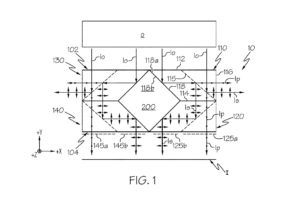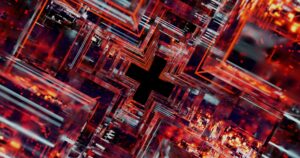22/08/2017
As anyone who has travelled in the front of a car will know, the narrow gap down each side of the seat represents a frustrating gateway to an automotive black hole. For anything that has the misfortune of falling into the gap, it’s a one-way trip. Coins, lipsticks, food, the gap does not discriminate. Some remain tantalisingly in view, but always just out of reach. Others disappear into carpeted oblivion, never to be seen again.
Fortunately, it seems, Toyota may be coming to the rescue of frustrated drivers and passengers alike with an “under seat capture device” outlined in a recently published US patent application. The proposed device includes a chute positioned underneath each gap to direct any dropped items away from the tiny space next to the seat rails and into the central space under the seat where they are received on a platform. The device also includes an actuator for tilting or vibrating the platform to transfer any lost items from the platform and onto a receiving tray positioned in front of or behind the seat for easy retrieval. In some examples the actuator is manually activated, in others a combination of sensors and a computing device helpfully activate the actuator to automatically direct the dropped items to the receiving tray.
Not content with having solved an age-old problem blighting all car drivers, another of Toyota’s recently published US patent applications presents “apparatuses and methods for making an object appear transparent”. In case the title isn’t intriguing enough, the abstract promises a “cloaking device”. “It’s the stuff of science fiction,” I hear you cry! Alas, any Harry Potter fans who may be dreaming of their own Cloak of Invisibility will be somewhat disappointed. In fact, Toyota are seeking to protect a rather nifty system of half-mirrors designed to bounce incoming light around the structural pillars at the edge of a car’s windscreen to improve driver visibility. Rather than attempt to summarise the arrangement of a number of “cloaking region boundary planes”, here is a visual representation from the published application.

Of course, it remains to be seen whether either of these patent applications will proceed to grant, or indeed whether Toyota will continue to develop and implement either of these technologies. Nonetheless, as other manufacturers are shifting their focus to the electric car revolution, it’s comforting to know that Toyota, at least, are still worrying about the smaller annoyances in life.
This article is for general information only. Its content is not a statement of the law on any subject and does not constitute advice. Please contact Reddie & Grose LLP for advice before taking any action in reliance on it.


